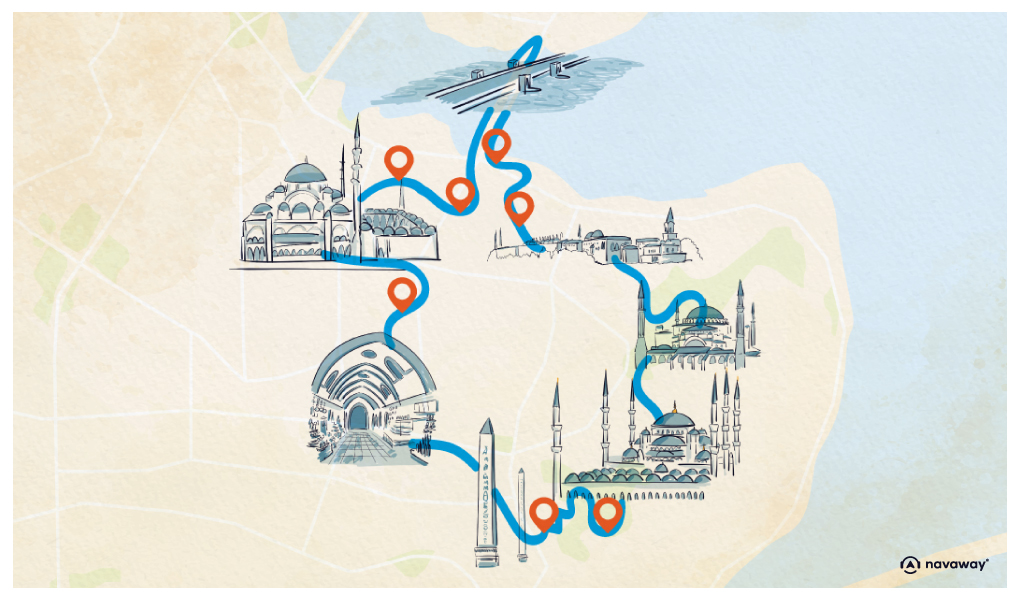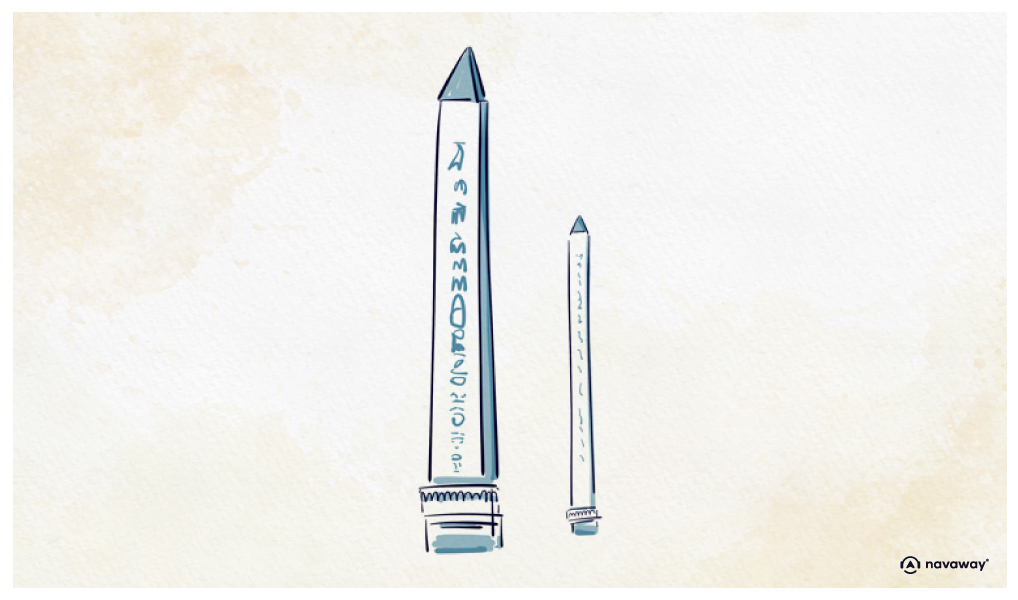
Hippodrome of Constantinople

This point of interest is available as audio on the tour: Visit Istanbul, from Byzantium to Constantinople, an empire on two continents
This long public square, now called Sultan-Ahmed Square, was once the Hippodrome of Constantinople, back in Roman times! It used to be a colossal arena for chariot races; construction began under Emperor Septimius Severus in Byzantium and was completed under Emperor Constantine, in his new capital Constantinople. Like all Roman circuses, the hippodrome was built in the shape of a hairpin, with grandstands at the south-western end. At the opposite end were the starting stalls for the chariots, roughly where the German Fountain stands today. Constantine spared no expense in endowing his new capital with sumptuous decorations. Sadly, most of these have been lost to time, ravaged by earthquakes and the infamous sack of Constantinople. Only three structures survived: the two obelisks you see, and a fragment of a twisted bronze column. The obelisk covered in hieroglyphics is that of Theodosius, originally from the great temple of Karnak in Egypt. It was erected in the hippodrome in 390 and arrived broken, losing some ten meters of its original height. The other is known as the walled obelisk. Built on site, it was once covered with gilded bronze plates, which were later stolen by the Crusaders and melted into coins. And finally, there’s the twisted column that comes from Greece. It’s known as the Serpentine Column, and it’s one of Istanbul’s oldest monuments. It was erected in front of the temple of Apollo at Delphi, to commemorate the victory of the Greeks over the troops of the king of Persia back in 479 BC. Thanks to the twists and turns of history and Roman traditions, you can now see bits and pieces of Egypt, Greece, and a Roman circus right at the heart of Turkey’s most famous city.


Discover Istanbul with app
An interactive guide through the most beautiful streets, squares, and districts
22 fun audioguides full of historical facts, anecdotes, and legends





Comments